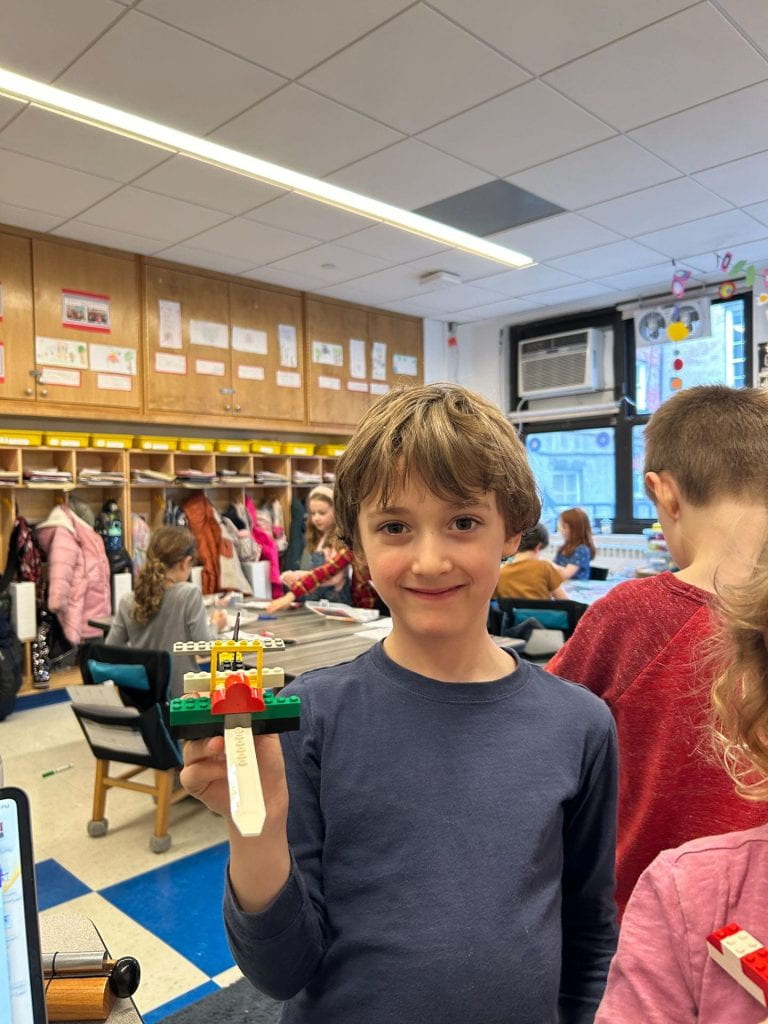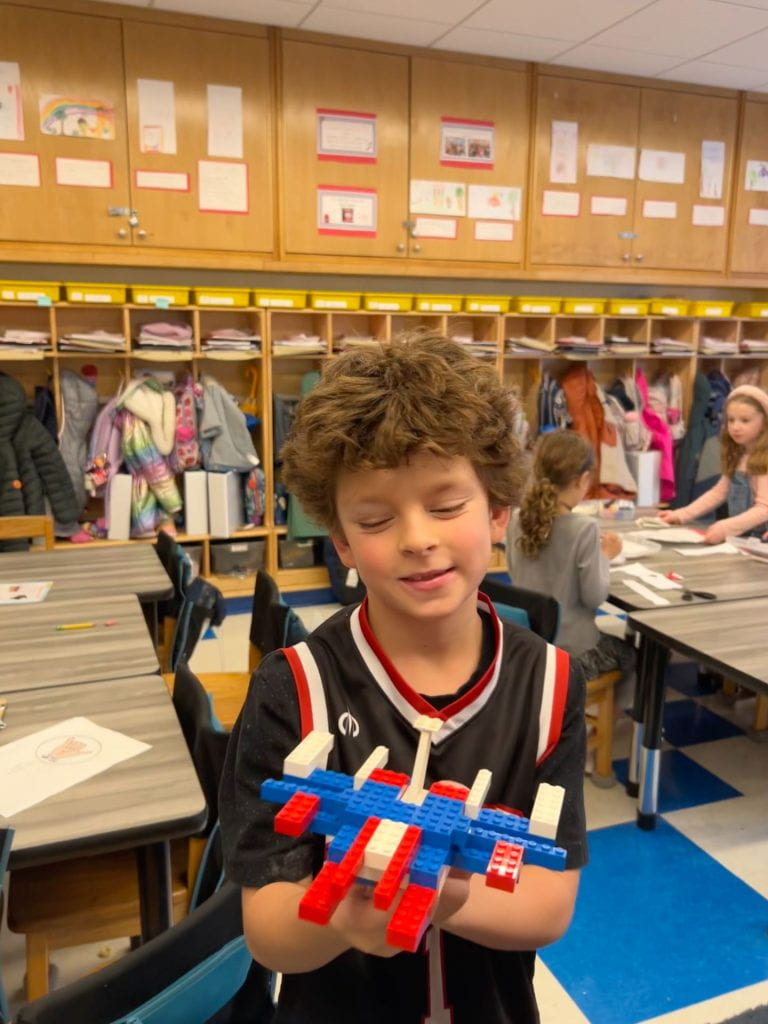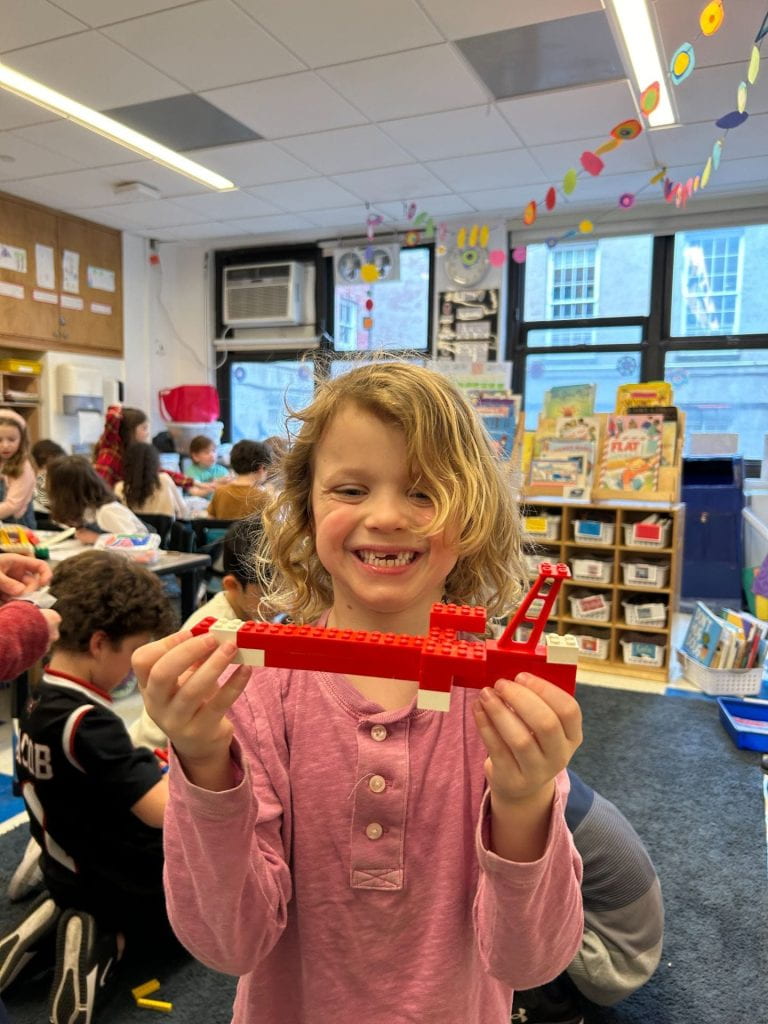Hello 1JB Families,
Happy March! The end of February was a busy time for students in 1JB. Learning about money, creating our stamps, new FUNdations concepts, and the 100th day of school! Below you will find pictures, resources, information, and updates.
Important Dates & Reminders:
- Friday, March 1: Family Visiting
- Friday, March 1: Falafel Friday hosted by Muslim Culture Club and Jewish Culture Club
- Monday, March 4: After Owls Tri 3 starts
- Upper School Culture Clubs Hosting Lower School Students:
- Black Culture Club | Feb. 27
- Muslim Culture Club | March 11
- Jewish Culture Club | March 14
- Friday, March 15: Spring Break Begins- Dismissal at the end of Day
- Monday, April 1: School Re-opens
- Friday, April 12: Eid Potluck Dinner 6pm-8pm
- Wednesday, April 17th, 9:00-9:30 (following MFW): Family Visiting/Post Office
- Thursday, April 18th/ Friday, April 19th: Parent Conferences- no school for students
Celebrating the 100th day
1JB was thrilled to celebrate 100 days of first grade! We started our day by answering fun 100-related prompts like, “I would love to eat 100…” “If I was 100 years old…” “I wish I had 100…” Ask your child about these prompts. How did they answer them?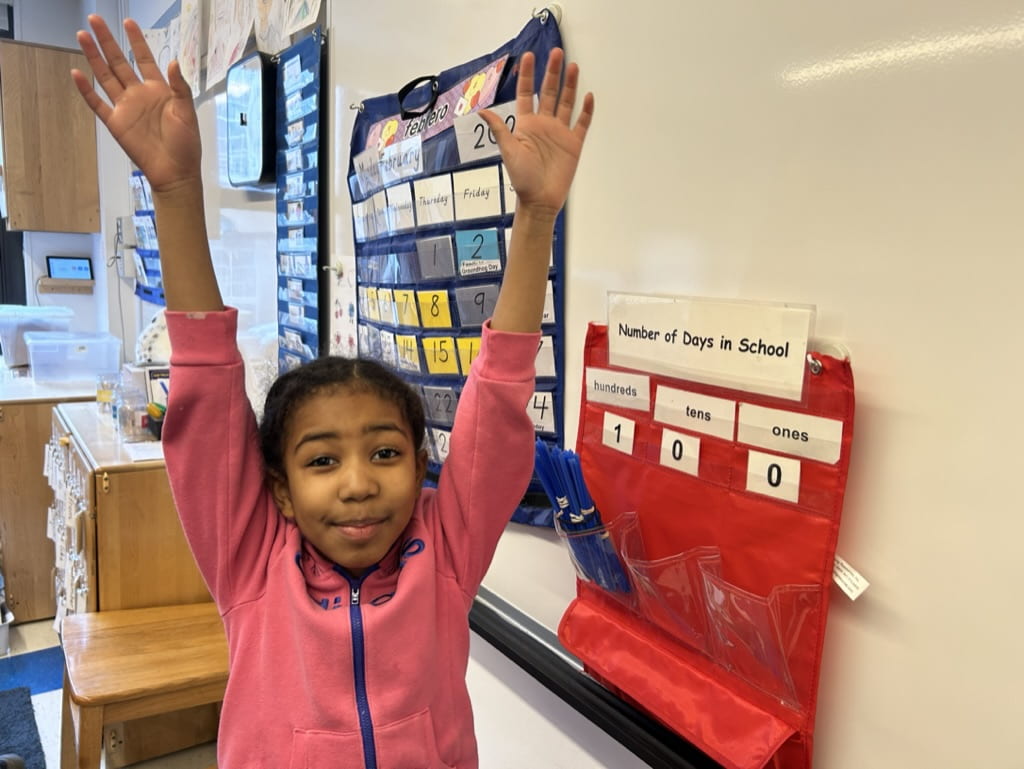
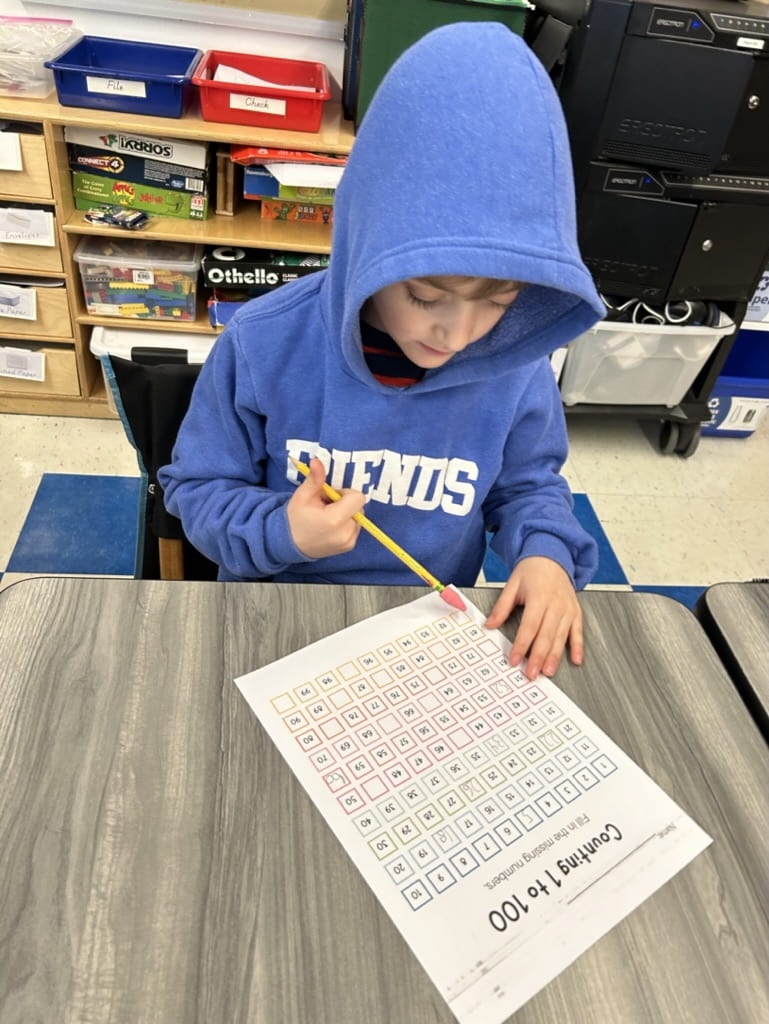

We continued our celebration of 100 days with 100 words! Students worked together to write 100 words that contained FUNdations concepts (trick words, glued sounds, digraphs, suffix s, or double letters). Ask your child what words they added to our list.
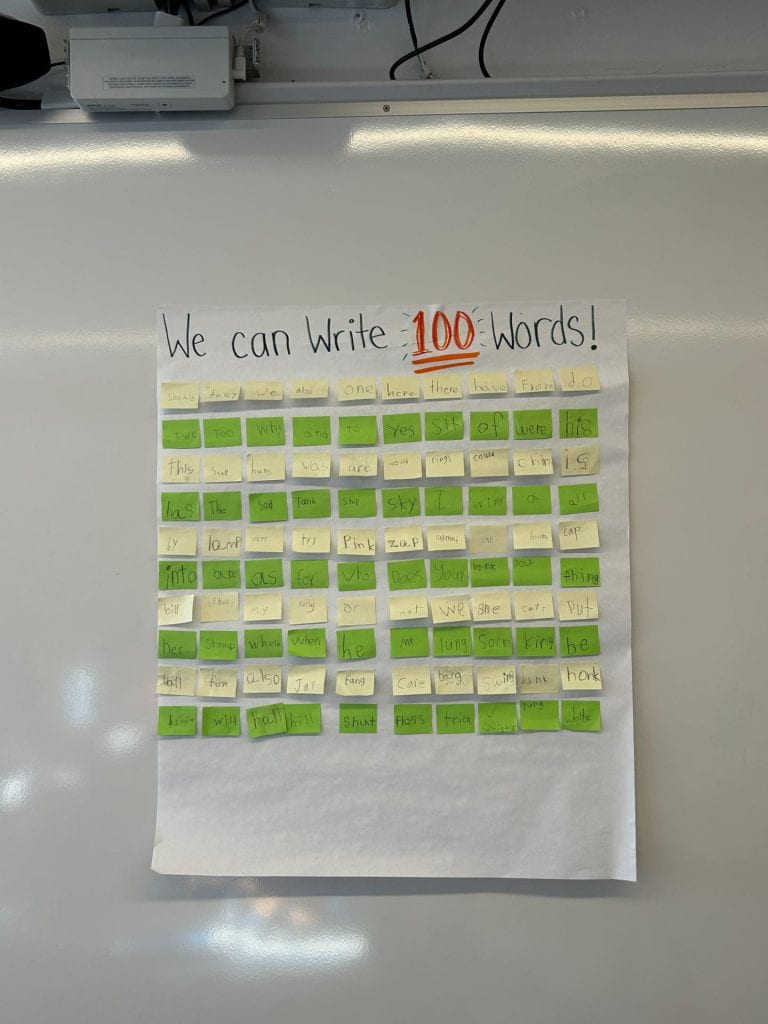
To end our day of celebration we joined together with other first-grade classrooms to do 100-day activities! We built 100 with pattern blocks and figured out how many times we could do different actions in 100 seconds. Ask your child how many times they wrote their name in 100 seconds!

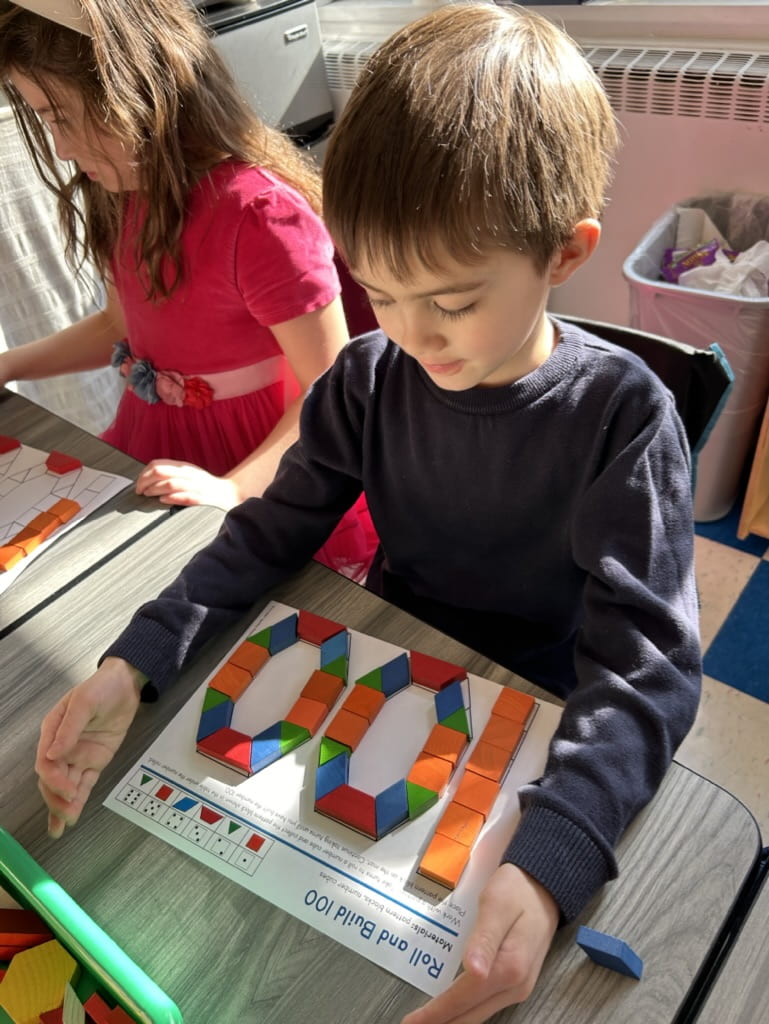

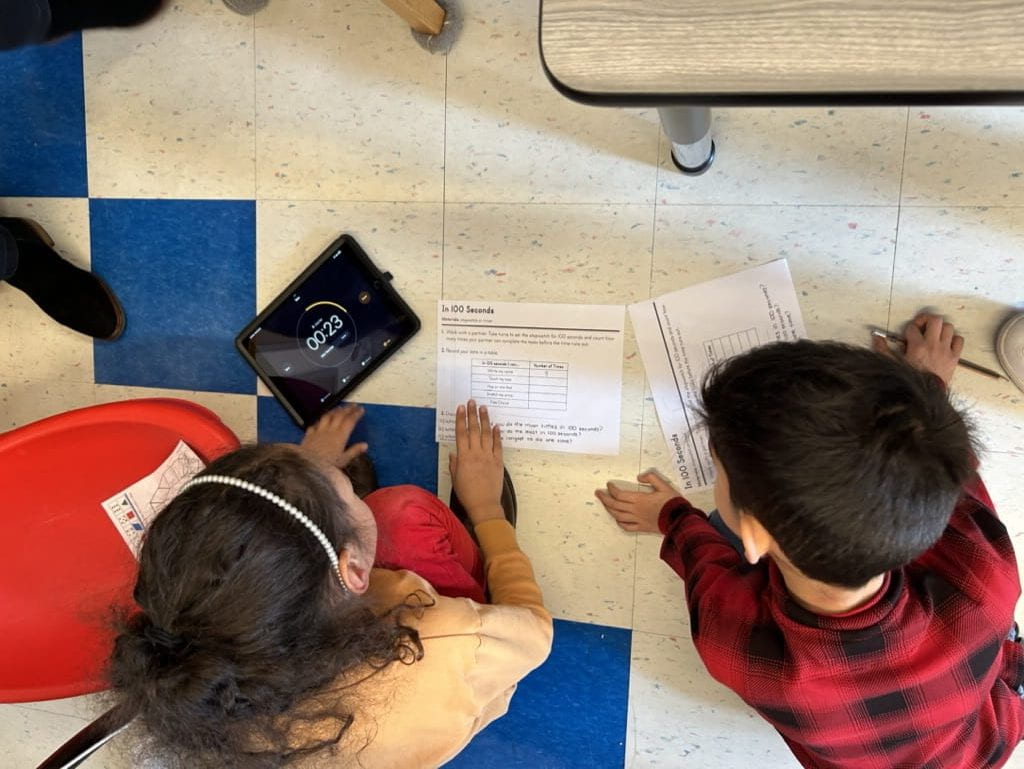
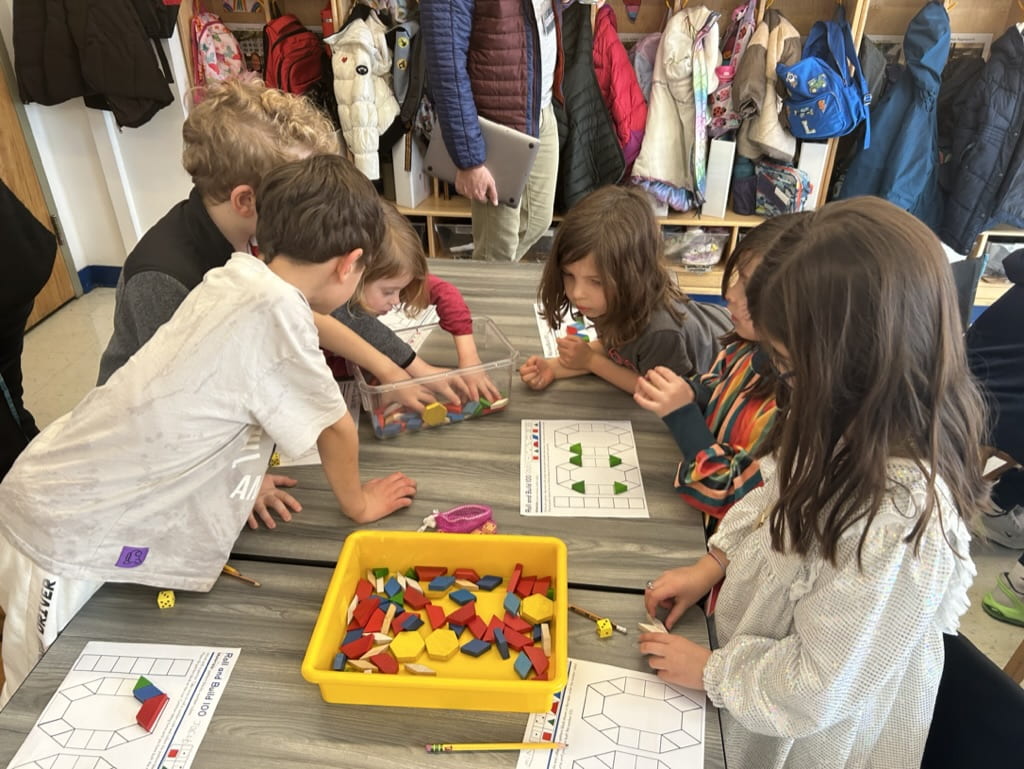
Creative Computing with Katherine
To support students’ understanding of programming robots, they were able to step into the body of a bee bot (robot)! With partners, students took turns either being the programmer or the robot. When students took on the role of programmer, they had to create different instructions for the robot to follow. The goal was for the robot to make it from a start point to a stop point. When students took the role of a bee bot, they had to follow the programmer’s instructions and only move when they were “programmed”. To find out more about this activity ask your child some of the following questions- How it was being the programmer? How was it being the robot? What was tricky about this activity? What was fun about it?

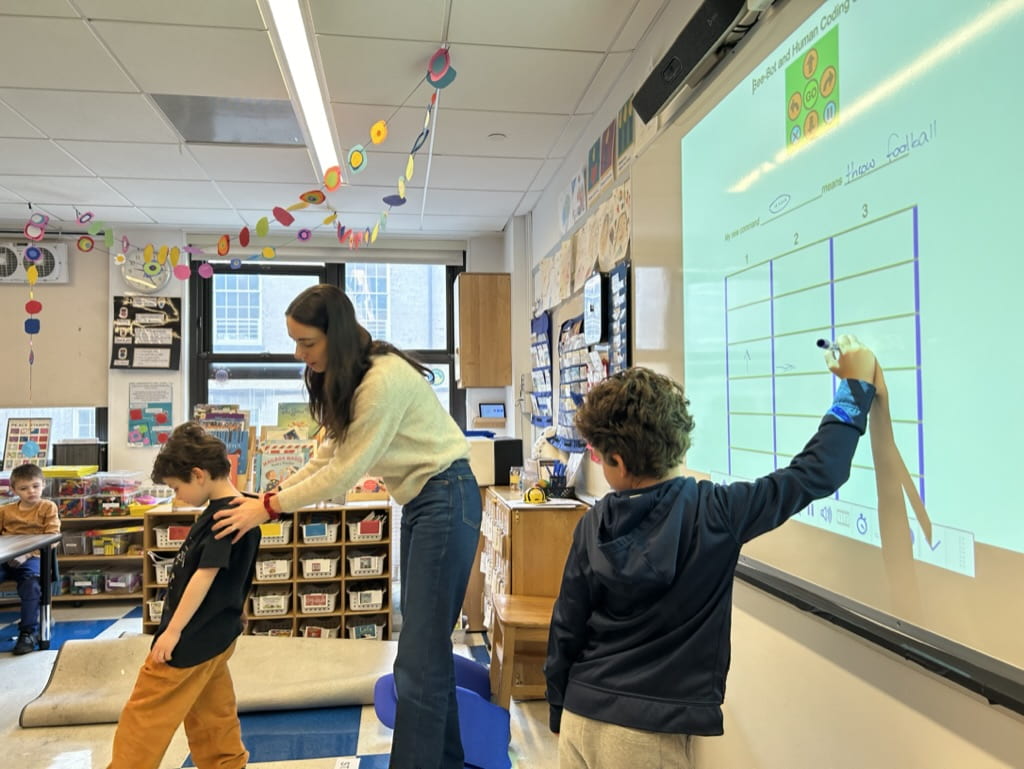


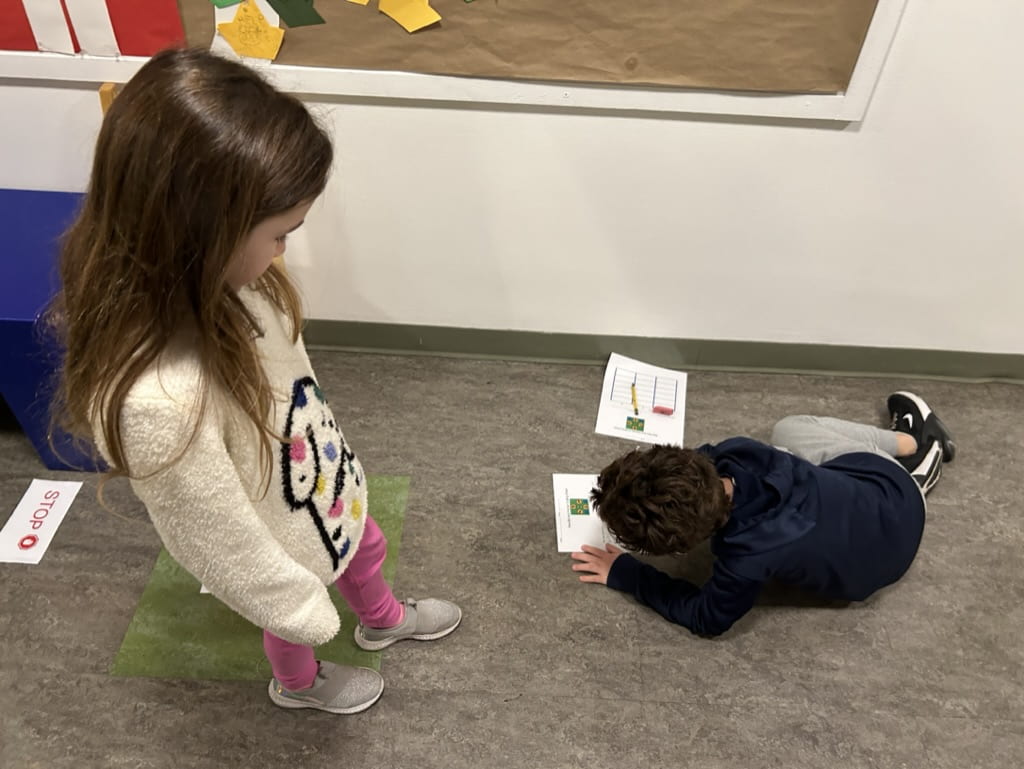
Social Studies: Creating our stamps!
Our post office stamps have been created! Students went through the process of sketching out their stamp ideas, discussing them with teachers, and creating final drafts. Ask your child about their stamp process. What is the title of their stamp? What was it like doing the final draft? How did they come up with their idea?

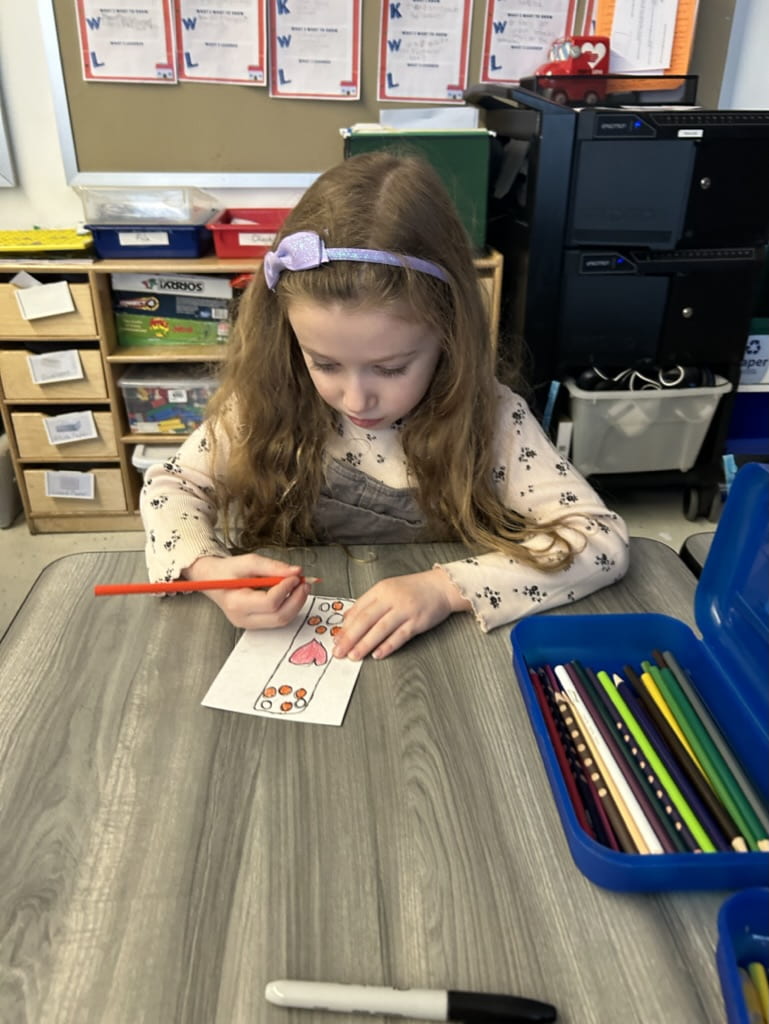

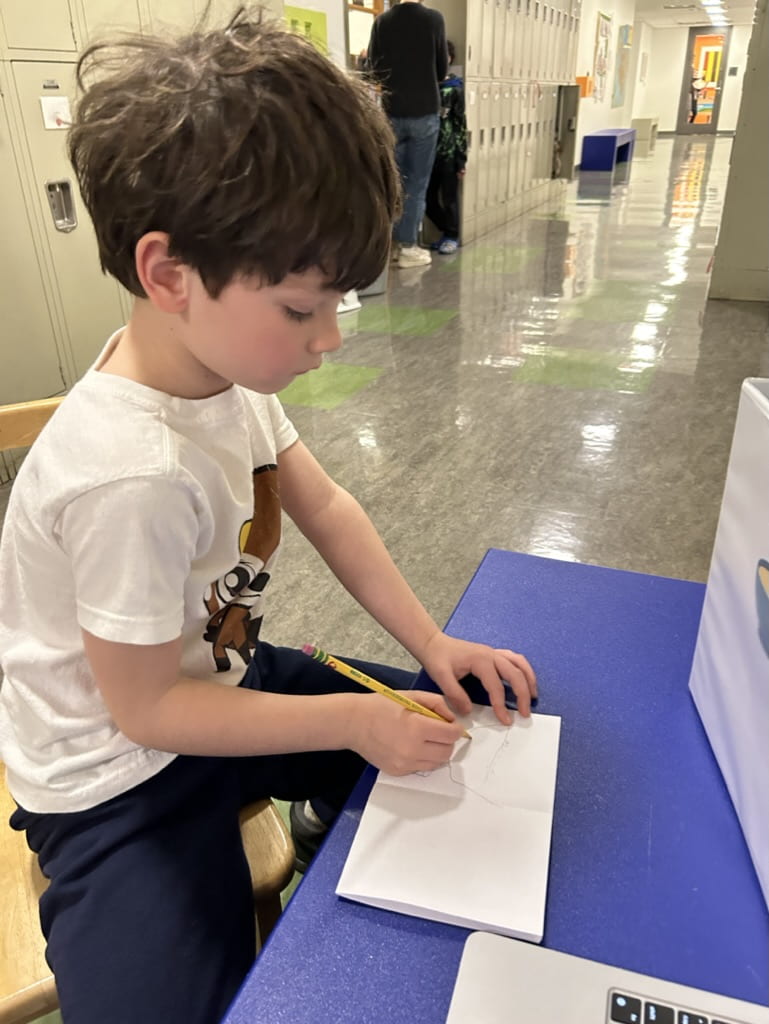
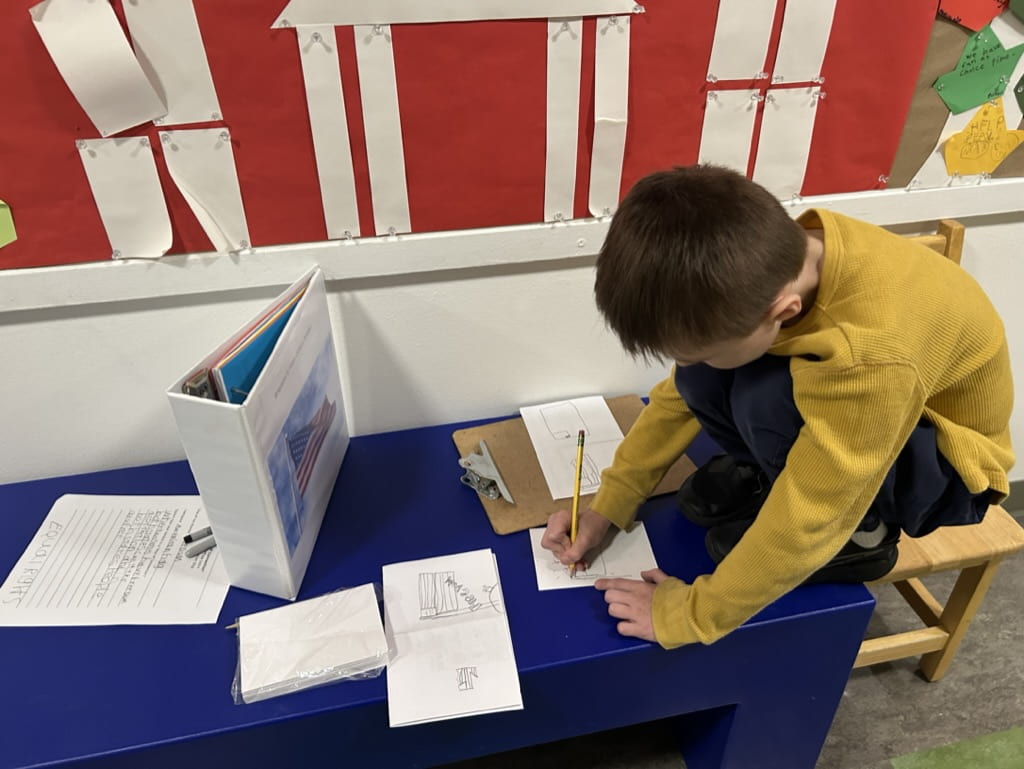
Special Visitors
There is no better way to learn about the post office than from the students who know it best! Students from Jennifer’s class last year, visited 1JB Friday afternoon. The second graders explained the different jobs of the post office, showed us their post office binders, and answered our burning post office questions!
Thank you, second graders!


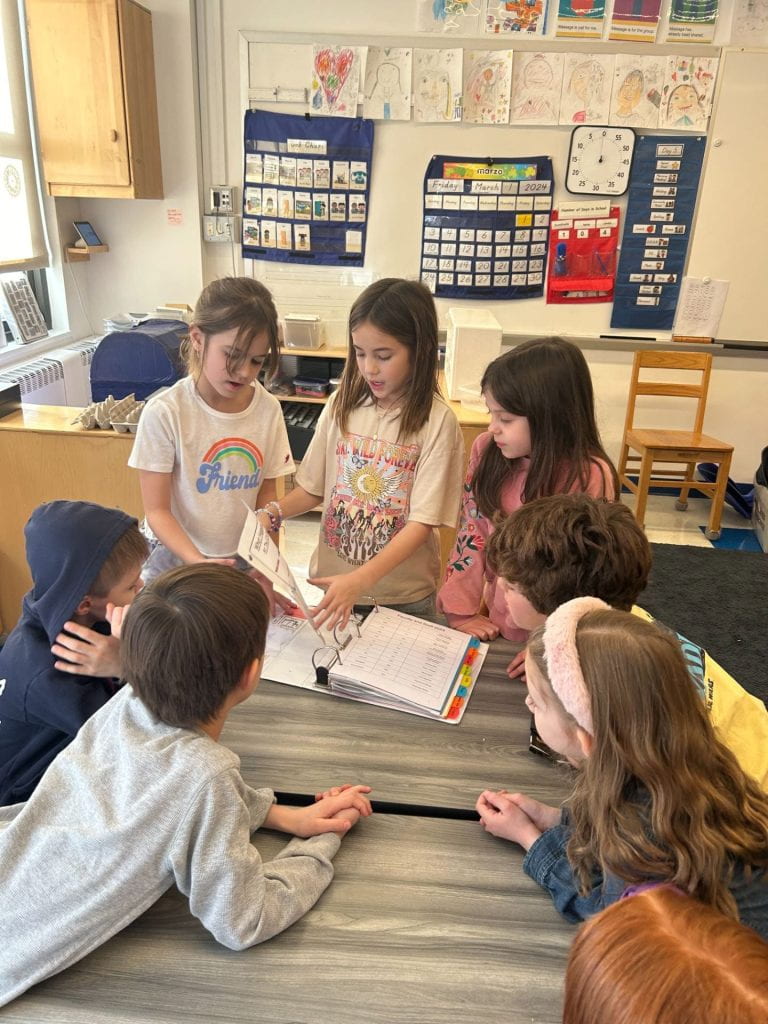
Math
We have completed our unit on place value and begun learning about money.
Children had the opportunity to examine and learn about each coin individually. We learned the names, values, and fun facts about each. Since the silver coins are hard to distinguish, we had the children discuss ways they can identify the different coins. Check out some of our observations: Nickel & Dimes.
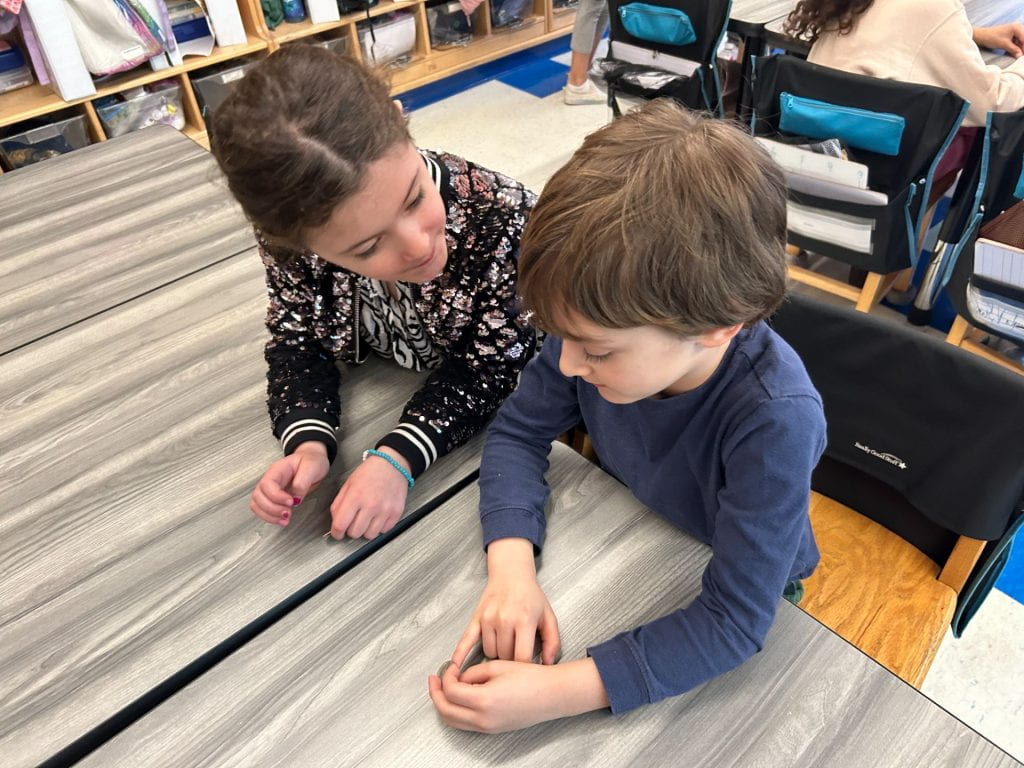
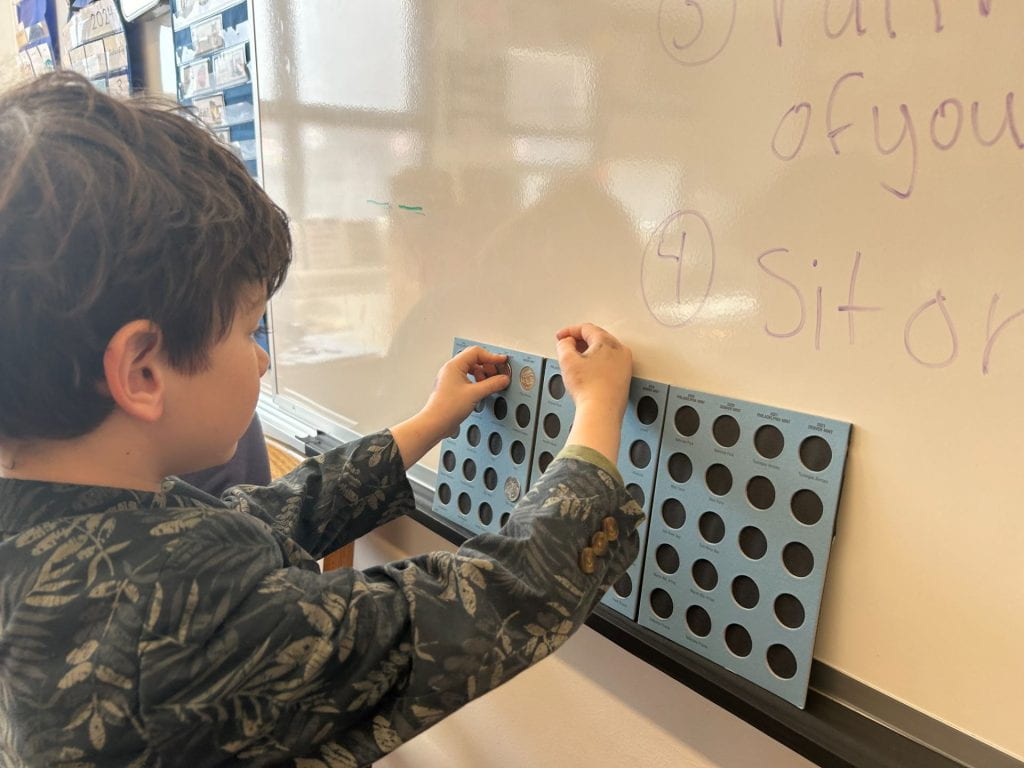
We encourage you to have your children practice identifying coins! Once your child has mastered this, have them practice having them count from largest value to smallest value.
If you are looking for a math game to play at home, check out this game called Number Order.
Weather Graph
Students completed the weather graphs from February. Ask your child about the weather they recorded from the month. What predictions do they have for the next month?


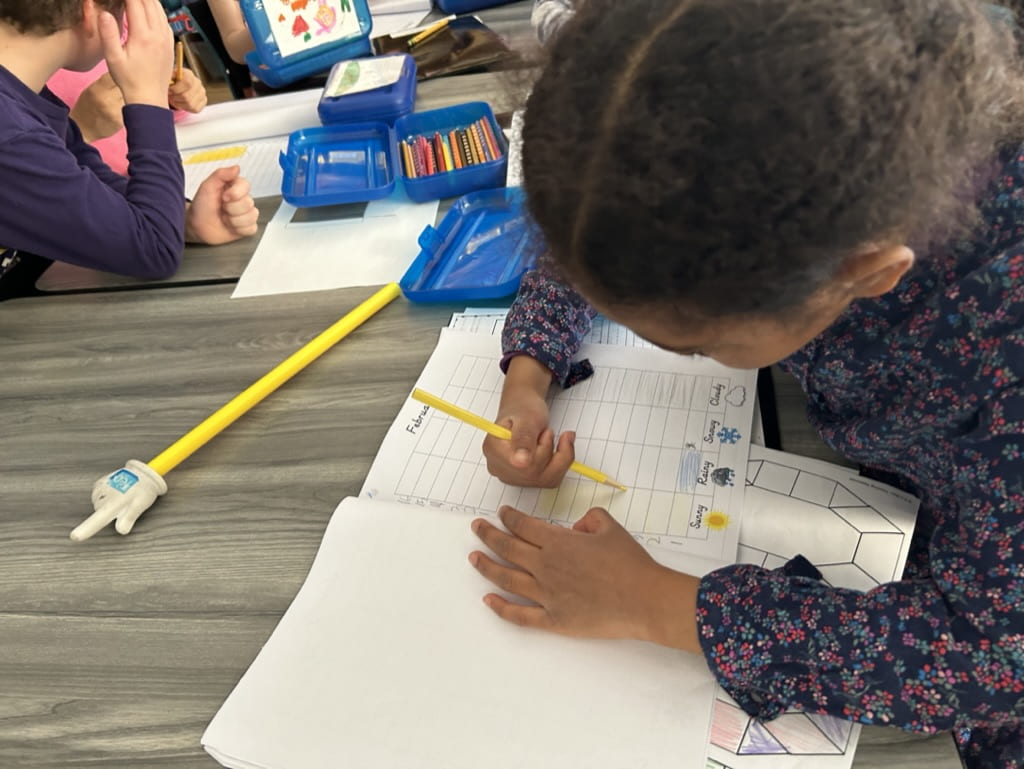
Community Period: Lunar New Year Celebration
During the community period, we listened to upper school students read the story The Great Race (the story of the Chinese zodiac).
Following the story we learned more about why the dragon is central to Chinese culture. Here is the video we watched during the community period (we didn’t have a chance to finish the video, so your child may be curious about what other information this video has).

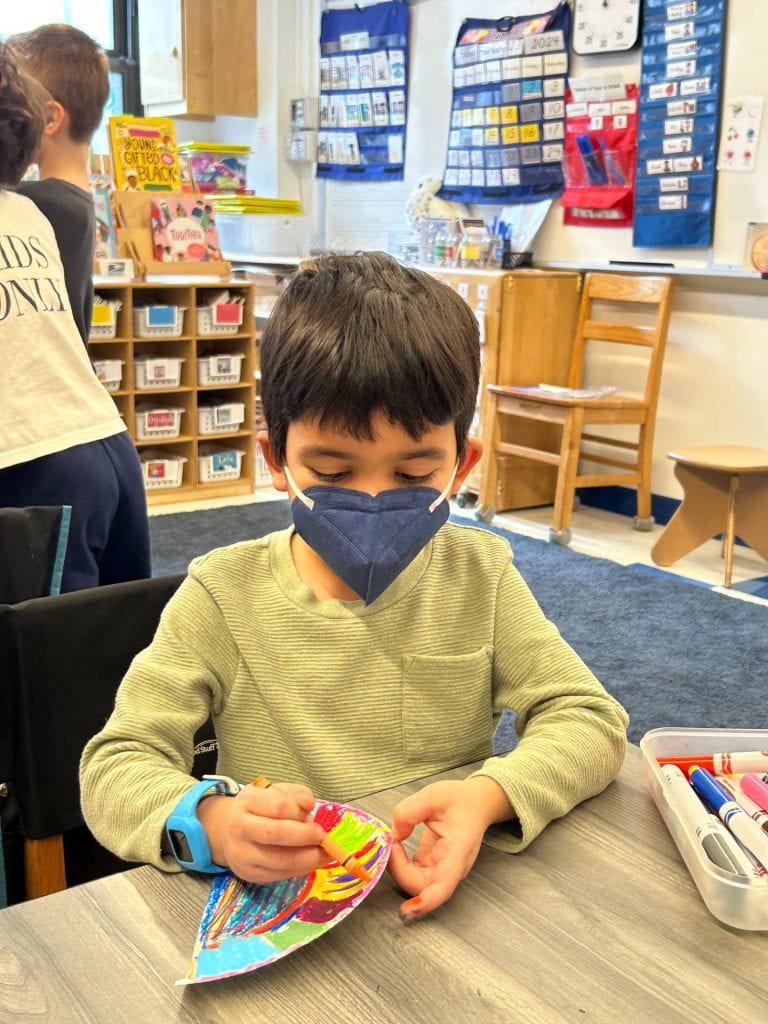

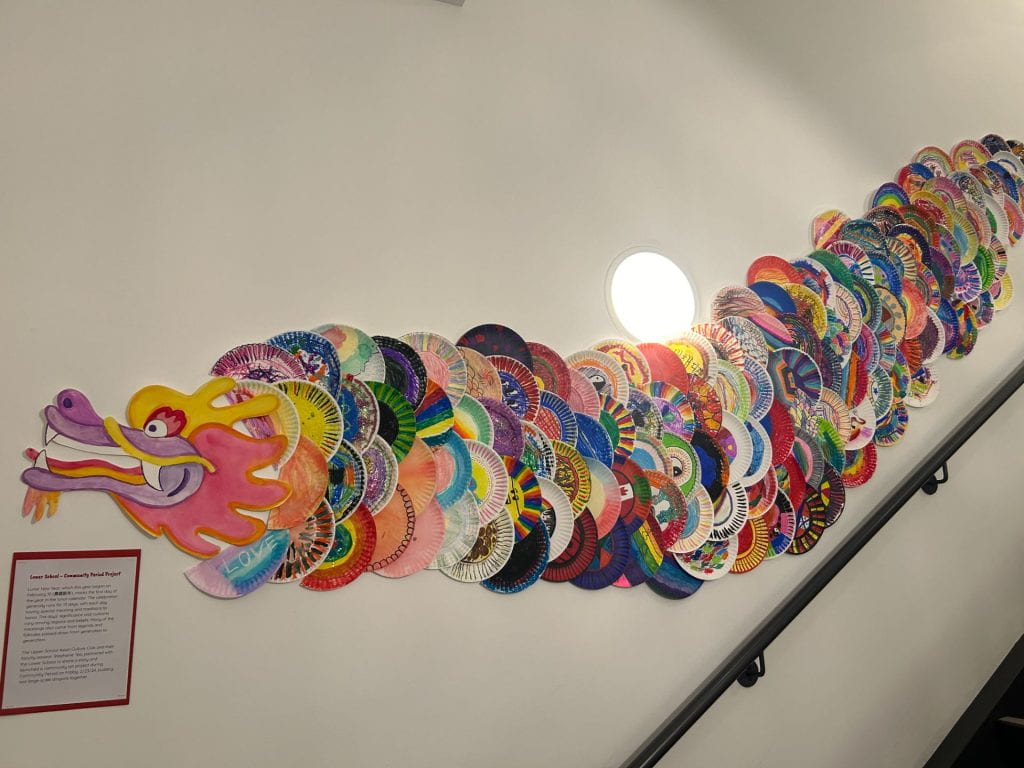
Language Arts
This week students continued practicing fluency skills like scooping sentences and reading with expression. To develop fluency and speed of reading, students learn how to read in phrases that connect meaning. Fundations uses a scooping technique to provide a graphical representation of phrasing. Ask your child to practice scooping with their finger while they read at home.
Another skill we practiced this week was retelling. Retelling is a short, consistent routine students can use to recall, order, and summarize a text. When reading a story called The Pink Dress, students discussed the difference between key details and supporting details. Key details consist of the important information we need to know as readers to understand a story, like the main characters, setting, and main events. We also use key details to retell a story and show our understanding of a text. After reading The Pink Dress, students sketched out the main events of the story to support their retelling to a partner. Ask your child about the key details of The Pink Dress story.

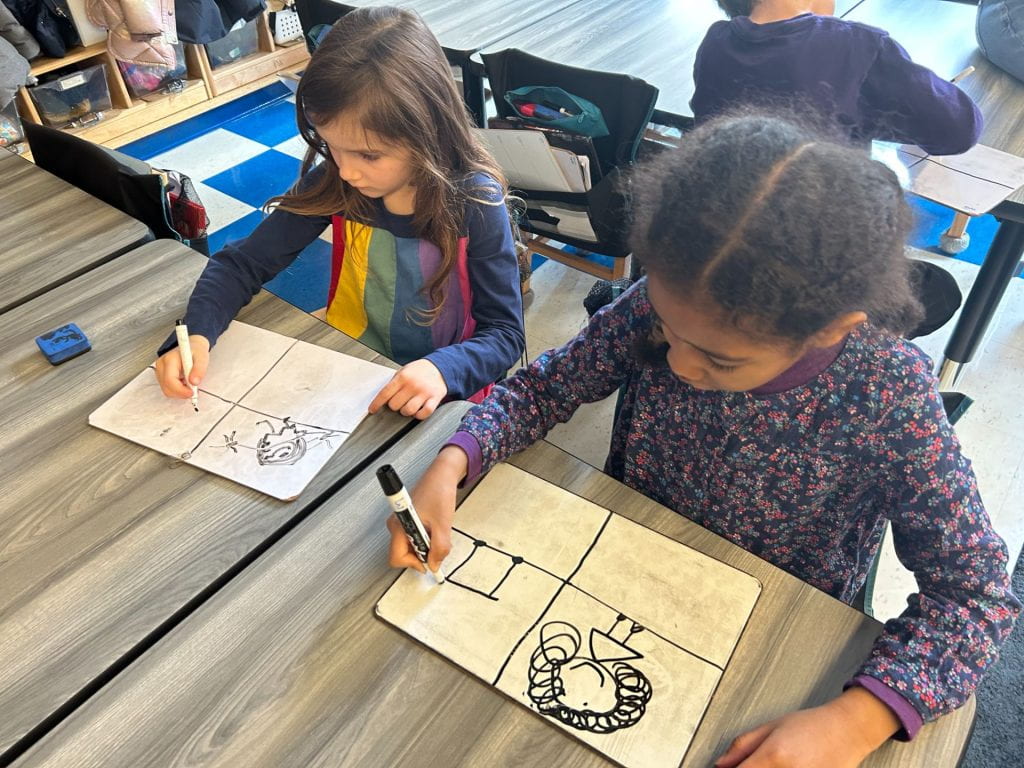

FUNdations
This week we continued to review glued sounds and suffixes. We discussed that the suffix s can be an action (sings) and it can also mean plural (kings). Sometimes we need to listen to the word used in a sentence to know whether it is an action or plural. For example, “Becca wears a lot of rings” vs. “Her phone rings when someone is calling”.
On Thursday we began learning about blends. Students learned the difference between a blend and a digraph. A digraph contains two consonants and only makes one sound, such as sh, /sh/. A blend, however, contains two or more consonants but they each make their own sound, such as /s/ and /l/. Blends can come before a vowel like the word flip or after a vowel like the word past.
Trick words: some, come, would
Upcoming: should, could, her, over, number
Check out some worksheets and games you can play at home!


Another important concept we have been discussing is r-controlled vowels. R-controlled vowels are also known as the bossy r. When a syllable has a vowel that is followed by r, the vowel is “controlled” by the r and makes a new sound. Ask your child about this concept.
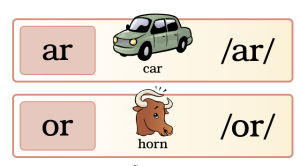
Family Visiting
Thank you families for coming to visit 1JB this morning! Students had a blast showing you all the different things that they’ve been learning and doing. We look forward to our next family visiting day on April 17th, 9:00-9:30. During this visit the post office will be open!! We can’t wait!
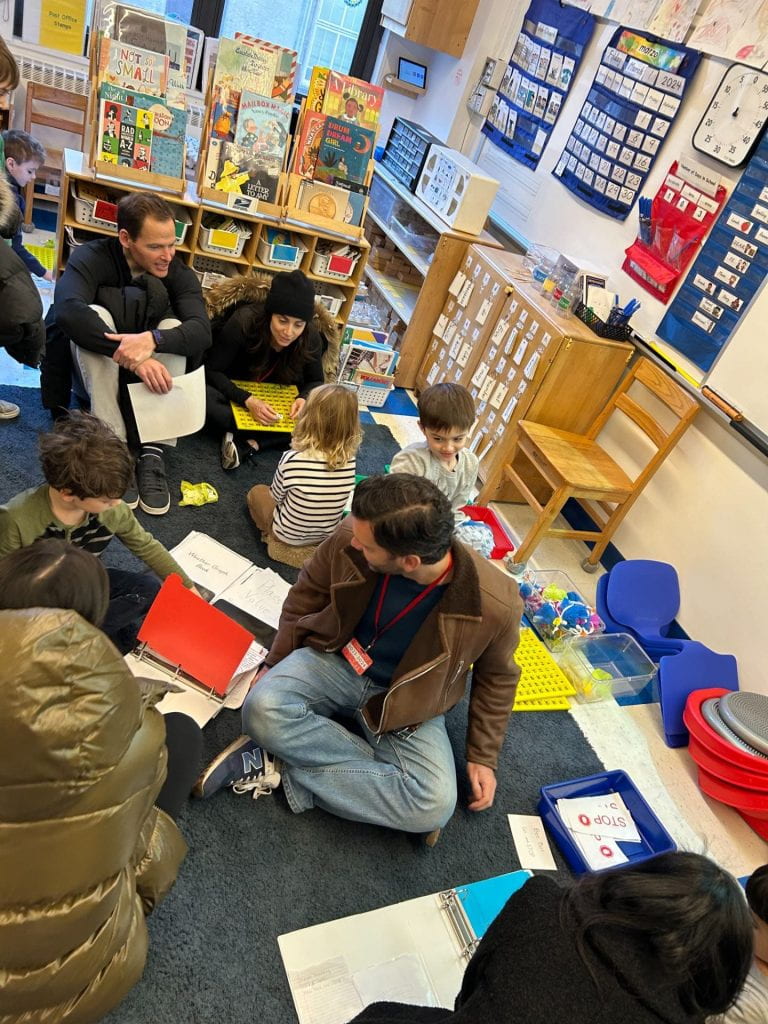
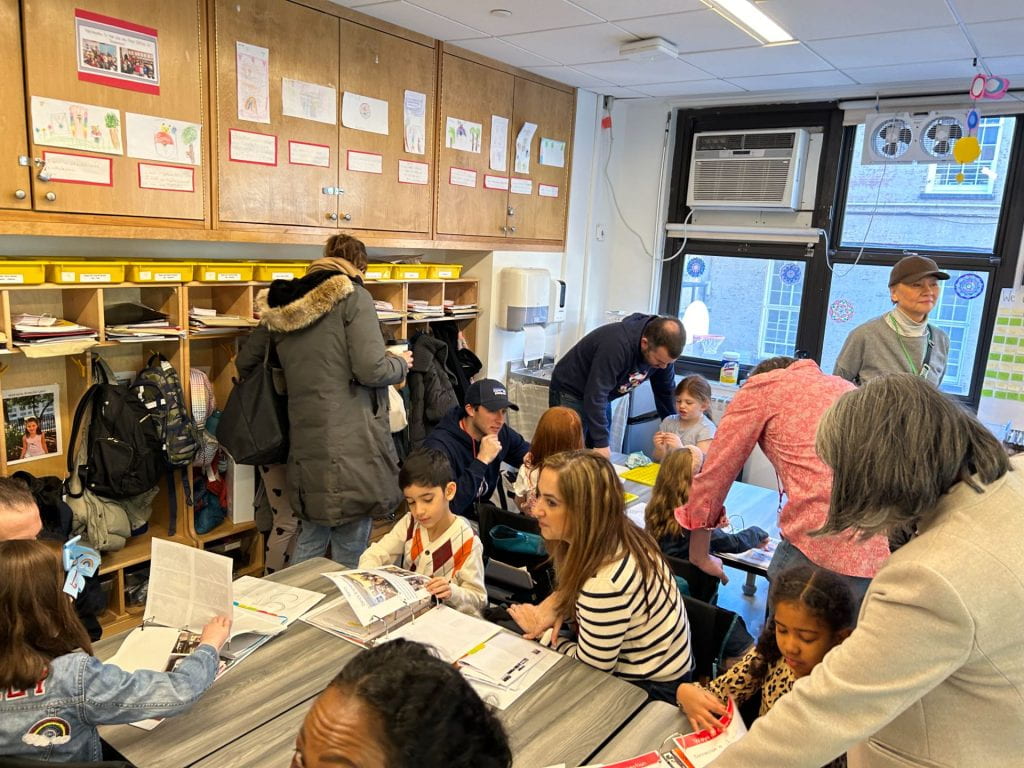
Check out these creative creations during activities:
